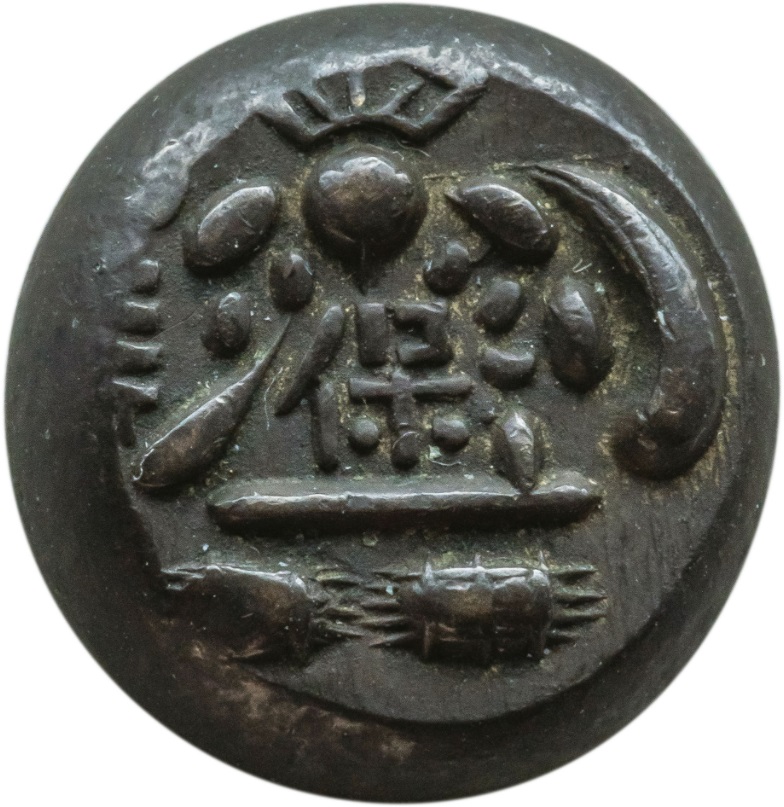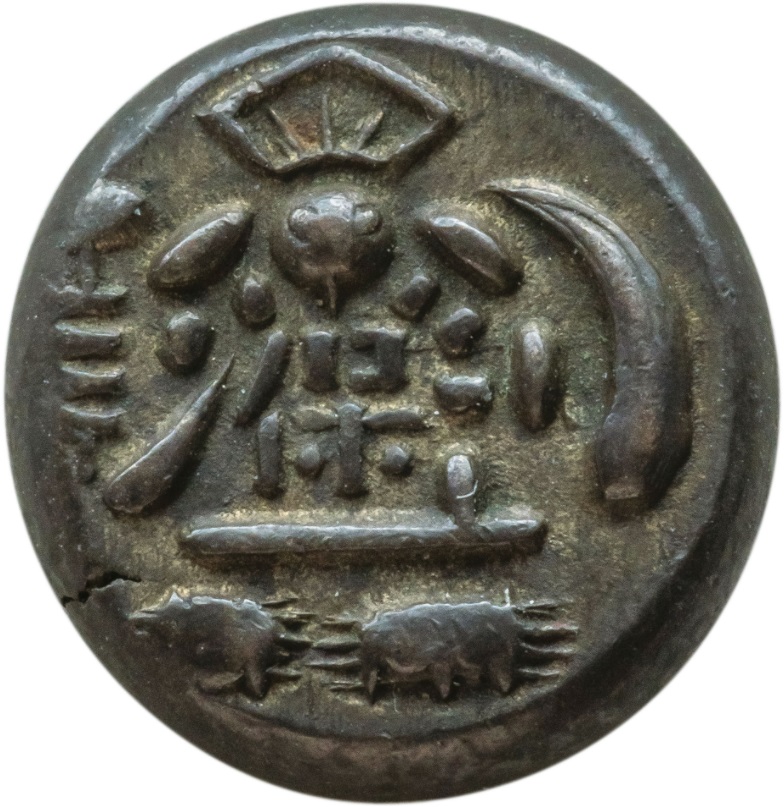Japan \"Tenpō Mameitagin\" (Double Daikoku)
Introduction
The Tenpō Mameitagin, commonly known as the Double Daikoku coin, holds a significant place in Japanese numismatics. Issued during the Tenpō era in Japan, this coin features a unique design that captures the essence of the era's cultural and historical influences. Let's delve into the captivating world of the Tenpō Mameitagin coin and explore its rich history and distinctive features.
Historical Background
The Tenpō Mameitagin coin was first minted in Japan in 1837 under the Tenpō era, which lasted until 1858. This period was characterized by social and economic reforms initiated by the Tokugawa shogunate. The coinage system underwent changes during this time, and the Tenpō Mameitagin emerged as a prominent denomination reflecting the era's monetary landscape.
Coin Images
 Obverse
Obverse
 Reverse
Reverse
Design Features
The obverse of the Tenpō Mameitagin coin showcases the revered deity Daikoku, often depicted with a sack of treasures and a mallet. A character within the design signifies the Tenpō era, adding a historical context to the imagery. On the reverse, Daikoku is depicted once again, with a character denoting the same era, creating a harmonious symmetry in the coin's design.
Technical Specifications
The Tenpō Mameitagin coin is crafted from billon, a type of alloy containing approximately .260 silver. It features a standard size and weight typical of Japanese coinage from that period. The intricate details on both the obverse and reverse designs highlight the craftsmanship of the minters who produced these coins during the Tenpō era.
Collectible Value
Due to its historical significance and unique design, the Tenpō Mameitagin coin holds considerable collectible value among numismatists and coin enthusiasts. The rarity of these coins, coupled with their cultural importance, contributes to their desirability in the numismatic market. Collectors often seek out well-preserved specimens of the Double Daikoku coin to add to their collections.
Conclusion
In conclusion, the Tenpō Mameitagin coin, with its depiction of Double Daikoku and references to the Tenpō era, stands as a testament to Japan's rich numismatic heritage. Its blend of historical context, intricate design, and collectible value makes it a prized addition to any coin collection. By exploring the story behind this remarkable coin, collectors can appreciate its significance within the broader landscape of Japanese coinage history. By following this structured format, the article effectively presents the unique attributes and historical significance of the Japan Tenpō Mameitagin coin while optimizing it for search engines.

